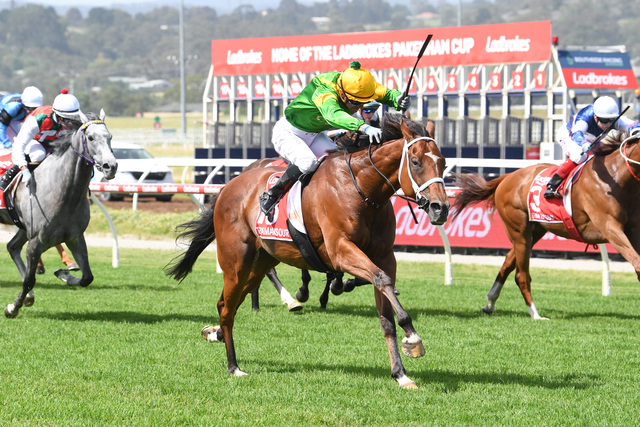By Stockdale and Leggo Dandenong Director Neil Butler
I started working for Stockdale and Leggo in 1981 as a salesperson.
I was head-hunted from another real estate agent after five years of successful sales.
I can remember being stunned by the amount of frantic selling activity in those days.
Dandenong was considered a large, booming area on the outskirts of suburbia.
The saleyards still existed on Cheltenham Road, and Lonsdale Street was known as the Golden Mile with thriving local business.
In 1987, I was given the opportunity purchase the local franchise and I did, primarily due to my confidence in the area.
The decade of the ’80s saw the area boom with the construction of the Plaza shopping centre and the development of the saleyards.
The real estate market took off with prices doubling in a few years.
In the early ’80s I can remember the average price for a modern brick veneer was $35,000 and land in Endeavour Hills was selling for $13,000.
Unfortunately the “recession we had to have” that started in 1989 and continued until 1996 had a huge impact on the local area.
Companies such as GMH, Heinz and International Harvester closed down their local plants, which caused a large spike in unemployment.
With interest rates reaching 17 per cent and a general lack of confidence, prices dropped by 30 per cent.
This had a devastating effect on the local economy with many local businesses closing down.
The business district became a ghost town, with many vacant shops and offices.
Fortunately the State Government planned on a massive injection of capital for new infrastructure.
Vic Urban were given the task to design and implement the plan designed to encourage development.
Although some mistakes were made, this long-term plan did have the effect of changing public perspective and attracting strong interest from investors and home buyers.
With low interest rates, population growth and development opportunities there has been strong capital growth in the last decade.
Compared to other growth areas, Dandenong has the distinct advantage of easy access to transport and major arterials.
In recent years there has been a massive increase in residential and commercial development.
The large industrial area in Dandenong South is now extremely popular and is complemented by many factories in the area and serviced by a combination of EastLink and other major arterials.
Residential areas such as West and South Dandenong, which were once considered as cheaper and less desirable, are going through an ongoing transformation with many new homes being built.
The central business district has also changed dramatically, with many new government buildings being constructed or refurbished.
There has been less private development in the central area primarily due to a government infrastructure levy.
Hopefully the council can address this issue in the near future.
Other local issues such as more car parking and easier vehicle access should be acted upon.
Looking towards the future I believe there are strong reasons to be confident in the area.
With population growth there will always be demand for rental accommodation.
This in turn attracts investors looking for a strong, consistent income.
For home buyers, the area offers affordable options compared to suburbs such as Oakleigh or Waverley.
While these areas have had strong capital gain, the local area has had similar potential when considering the average home price has grown from $35,000 in the mid-1980s to currently over $600,000.
Buying real estate should always be considered as a long-term plan.
Historically, real estate has grown stronger than any other investment and I am confident this will continue.
With many development projects planned in the next decade I can foresee the Greater Dandenong area being totally transformed.
This can only continue its popularity and potential capital gain.







